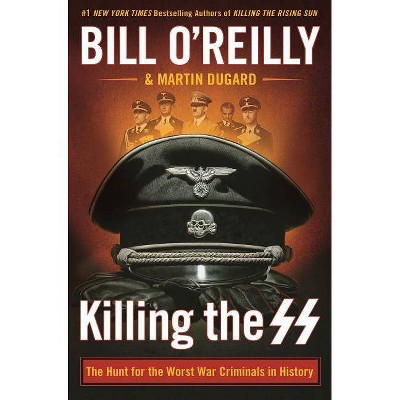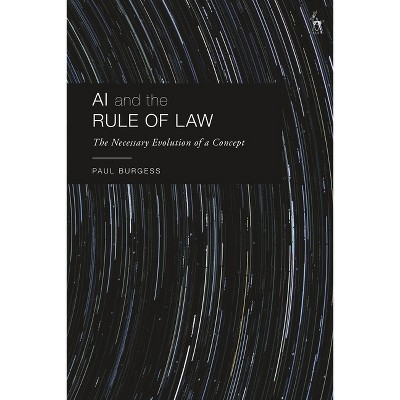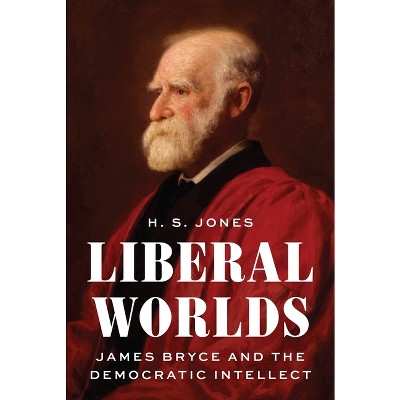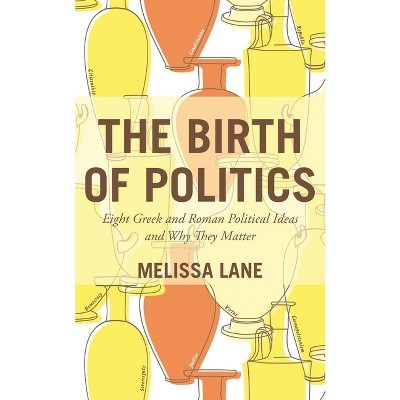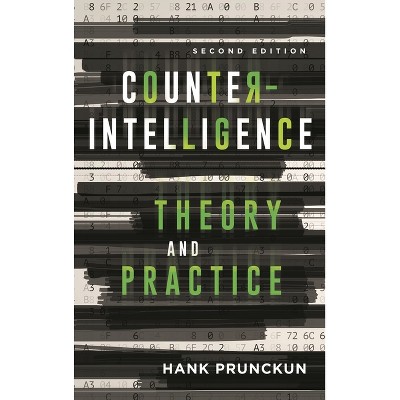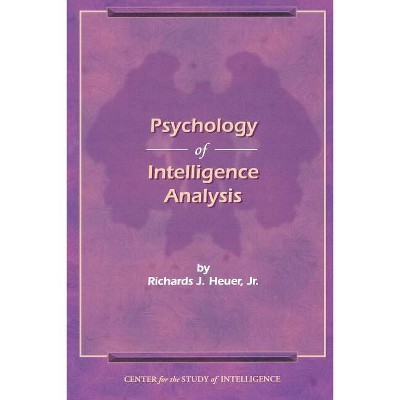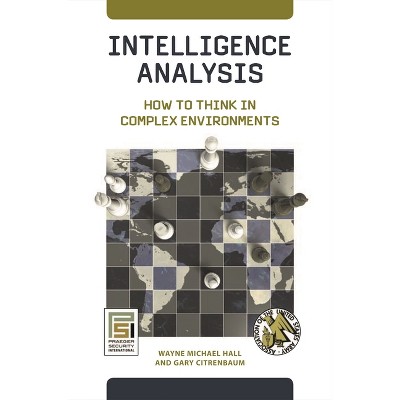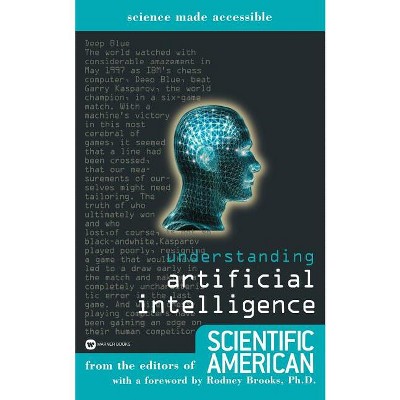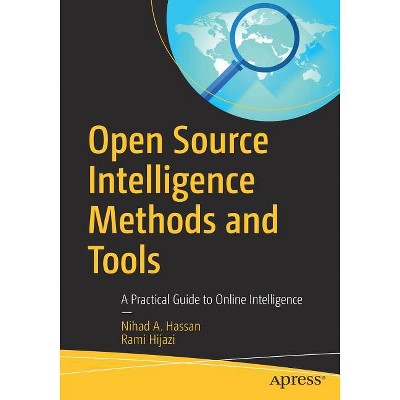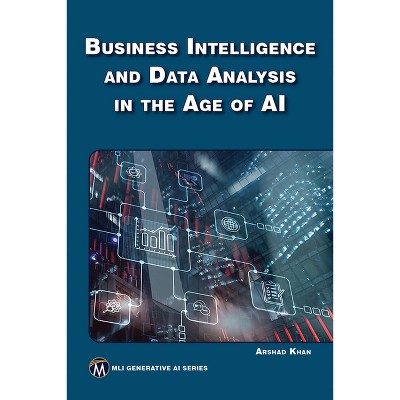Sponsored

Scientific Methods of Inquiry for Intelligence Analysis - (Security and Professional Intelligence Education) 2nd Edition by Hank Prunckun
$69.99Save $7.01 (9% off)
In Stock
Eligible for registries and wish lists
Sponsored
About this item
Highlights
- Since 9/11, the needs of intelligence agencies as well as the missions they conduct have increased in number, size, and complexity.
- About the Author: Hank Prunckun is associate professor of intelligence analysis at the Australian Graduate School of Policing and Security, Charles Sturt University, Sydney.
- 384 Pages
- Political Science, Intelligence & Espionage
- Series Name: Security and Professional Intelligence Education
Description
About the Book
Since 9/11, the needs of intelligence agencies as well as the missions they conduct have increased in number, size, and complexity. This expanded and updated edition offers a way of gaining the analytic skills essential to undertake intelligence work. It acquaints students a...Book Synopsis
Since 9/11, the needs of intelligence agencies as well as the missions they conduct have increased in number, size, and complexity. This expanded and updated edition offers a way of gaining the analytic skills essential to undertake intelligence work. It acquaints students and analysts with how intelligence fits into the larger research framework, covering not only the essentials of applied research, but also the function, structure, and operational methods specifically involved in intelligence work. It looks at how analysts work with classified information in a security conscious environment as well as obtain data via covert methods.
Review Quotes
This excellent book is an update of a 2010 book by the same author, Hand-book of Scientific Methods of Inquiry for Intelligence Analysis. In structure, it is a very teacher- and student-friendly textbook. . . .It is one of the most complete, readable, and thought-provoking books on intelligence that I've had the pleasure of reading. . . .As some of you who read my reviews in the past know, I often judge a book by how many pages I dog-ear while I'm reading it. Trust me, this is very well dog eared. . . .Among the most interesting discussions for any analyst are the chapters on qualitative analysis, where the author walks the user through, very carefully, how to utilize various forms of analysis and to present those results to the end-user. Frankly the book is worth it simply for that chapter. To that I would add the chapter 'Threat, Vulnerability and Risk Assessments' is a real gem. It shows where intelligence must interface with other forms of analysis and planning. Having taught courses in competitive intelligence, I would not hesitate to utilize this as a primary text for my students. For my colleagues who teach governmental, military, and law enforcement intelligence, I think that a brief review of this book will bring you to the same conclusion.
About the Author
Hank Prunckun is associate professor of intelligence analysis at the Australian Graduate School of Policing and Security, Charles Sturt University, Sydney.Dimensions (Overall): 9.43 Inches (H) x 5.44 Inches (W) x 1.06 Inches (D)
Weight: 1.27 Pounds
Suggested Age: 22 Years and Up
Number of Pages: 384
Genre: Political Science
Sub-Genre: Intelligence & Espionage
Series Title: Security and Professional Intelligence Education
Publisher: Rowman & Littlefield Publishers
Format: Paperback
Author: Hank Prunckun
Language: English
Street Date: September 8, 2014
TCIN: 1004453995
UPC: 9781442224322
Item Number (DPCI): 247-16-9202
Origin: Made in the USA or Imported
If the item details aren’t accurate or complete, we want to know about it.
Shipping details
Estimated ship dimensions: 1.06 inches length x 5.44 inches width x 9.43 inches height
Estimated ship weight: 1.27 pounds
We regret that this item cannot be shipped to PO Boxes.
This item cannot be shipped to the following locations: American Samoa (see also separate entry under AS), Guam (see also separate entry under GU), Northern Mariana Islands, Puerto Rico (see also separate entry under PR), United States Minor Outlying Islands, Virgin Islands, U.S., APO/FPO
Return details
This item can be returned to any Target store or Target.com.
This item must be returned within 90 days of the date it was purchased in store, shipped, delivered by a Shipt shopper, or made ready for pickup.
See the return policy for complete information.
